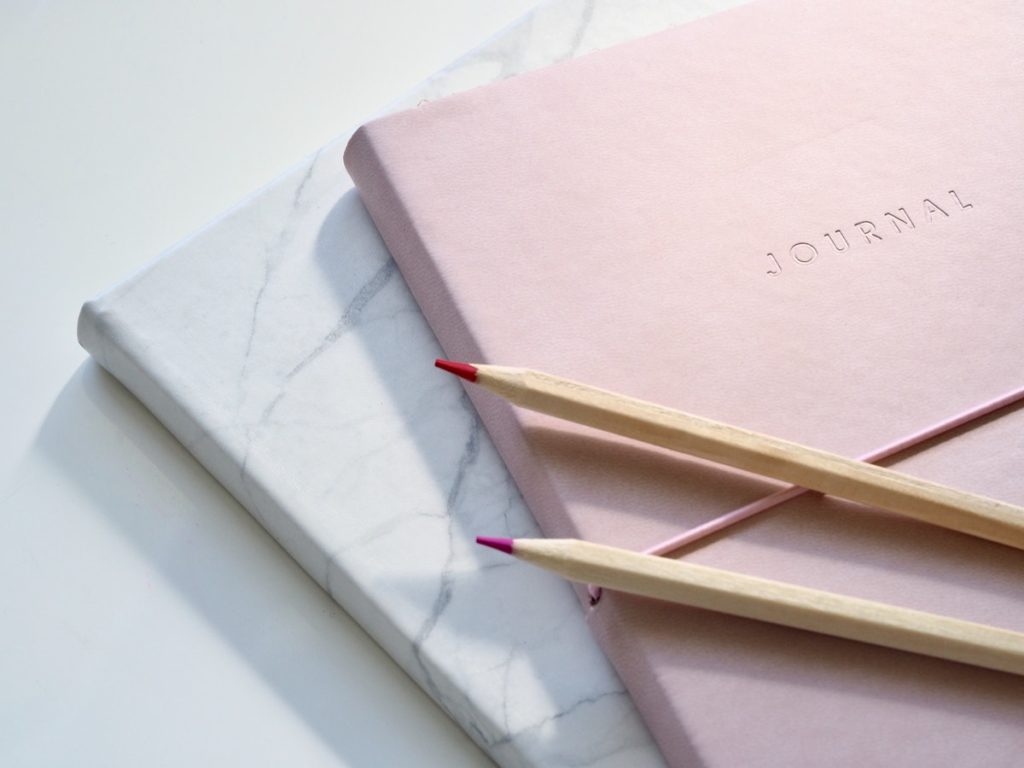No one’s a stranger to to-do lists. For many people, this simple yet reliable method tracks what needs to be done, bought, or read, helping them get organized and become more focused in a hectic, chaotic world. There’s no denying the sense of accomplishment one gets from sticking to your list and following the progress you’ve made. But, sometimes, to-do lists can be overwhelming and it’s hard to keep track of all the items. While some productivity systems attempt to solve this disorganization, one system can’t fulfill everyone’s needs.
Brooklyn-based digital designer Ryder Carroll had this same problem. He needed a flexible system that could accommodate whatever requirement he’d throw at it and not get bogged down by the logistics. That is why he created bullet journaling, a method of organization that is not limited to a preformatted system. Carroll’s method is so flexible, in fact, that you can keep track of everything from packaging supplies you need to organize your stuff to must-see tourist spots for an upcoming trip to Utah or wherever else you fancy—all in one journal, customized to your liking.
What is Bullet Journaling?

In a world full of screens, bullet journaling offers a reprieve from too much screen time while maintaining a customizable system of productivity, deliberate planning, and self-expression. It is for people who have a lot of to-do lists but prefer the good old pen and paper way of organizing their lives instead of delegating the task to a mobile application. The method also attracts personalities who favor personal management processes rather than being constricted to a preformatted method.
As the name suggests, bullet points are the core structure of the practice. Short and quick notes are favored over writing long sentences for easier consumption. You can scan a page and know right away what the main thought of the section is. For any elaborations, you can dedicate a page like a typical diary. There are really no hard rules to a bullet journal, only guidelines. Different users personalize their journals, creating formats for everything from habit tracking and meal planning, to reading goals and memorable quotes.
Reflection and mindfulness exercise
Aside from its customization and simplicity, bullet journaling also shines as a great way of jotting down random thoughts occurring to a person throughout the day. The daily log function allows you to park whatever your mind thinks on paper instead, as soon as you think it. You can even add an index that can serve as a reference.
Therapists have long used journaling as a strategy to help people process emotions and examine their thoughts, which the bullet journal helps with. It can be a mindfulness practice that can show a holistic view of what you’re spending your time on, how you’re feeling, and what tasks you’ve been putting off. Migration in BuJo language is the act of moving a task to another day. If you find yourself migrating an entry often, maybe it’s time to decide if it’s really worth pursuing or be honest about why you’re not getting it done.
While the popularity of bullet journaling has given birth to a social media feed full of artistic pages and more complicated templates, starting the practice is simple. At its core, all you need is a notebook, a pen, and an index. You can worry about the templates once you get the hang of journaling.

